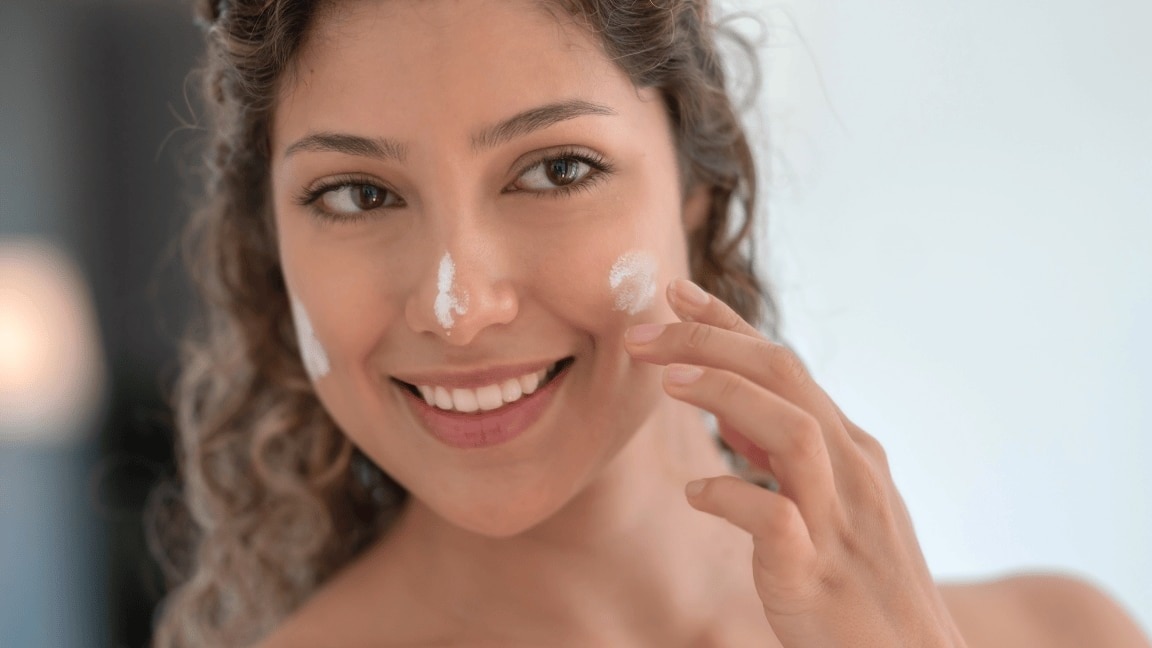If you have ever wondered, 'why does sunscreen sting my face?' You're in the right place. Sunscreens are an essential part of any skincare routine. Sun damage can lead to a number of skin issues like premature ageing and pigmentation. Thus, it's necessary to always wear SPF (even indoors) and re-apply it whenever after every two hours for maximum sun protection. While sunscreens don't usually cause any side effects of sunscreen on face, some of them can sometimes sting your face. It's worse around your eye area because the skin is very thin there. However, this should not discourage you from wearing it every single day. If you're experiencing a stinging sensation every time you apply sunscreen, here's why it's happening and how to deal with it.
018 Reasons Why Your Face Stings When Applying Sunscreen
Below are the top 8 reasons why your sunscreen is stinging your face:
1. Chemical sunscreen is a common allergen
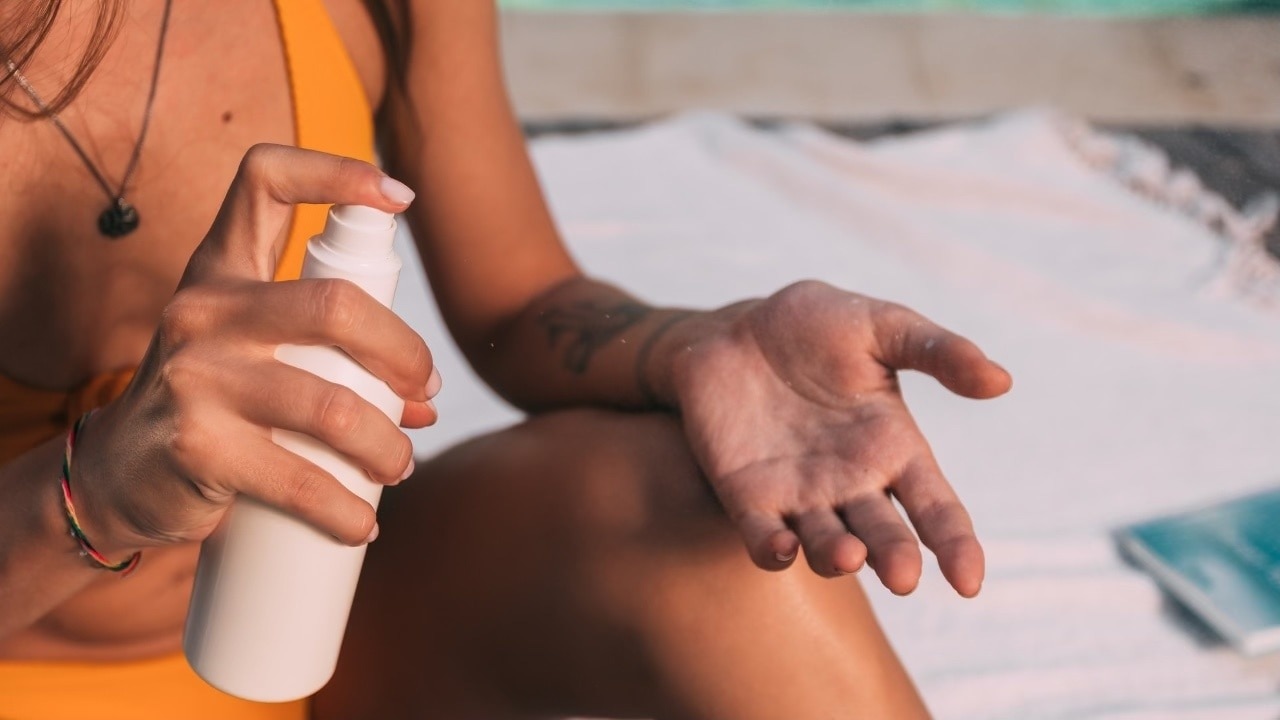
Did you know that there are two types of formulations available in sunscreens? Chemical sunscreens are made with ingredients like avobenzone, octinoxate and oxybenzone. They get absorbed into your skin, convert UV rays into heat and release it from your body. On the other hand, physical sunblocks form a shield on top of your skin and reflect harmful UV radiations. They are formulated with minerals like titanium dioxide and zinc oxide. Chemical sunscreens are regarded as a common allergen that can cause irritation on the face. This is one of the most common reasons for why your sunscreen is stinging you. Unless you're swimming or playing sports, use a physical sunscreen for your daily needs. Use a lightweight formula like the Lakme Sun Expert Spf 50 Pa+++ Ultra Matte Gel Sunscreen. It blocks 97% of UV rays and keeps itchiness at bay!
2. You-are-too-sensitive-to-irritants.jpeg
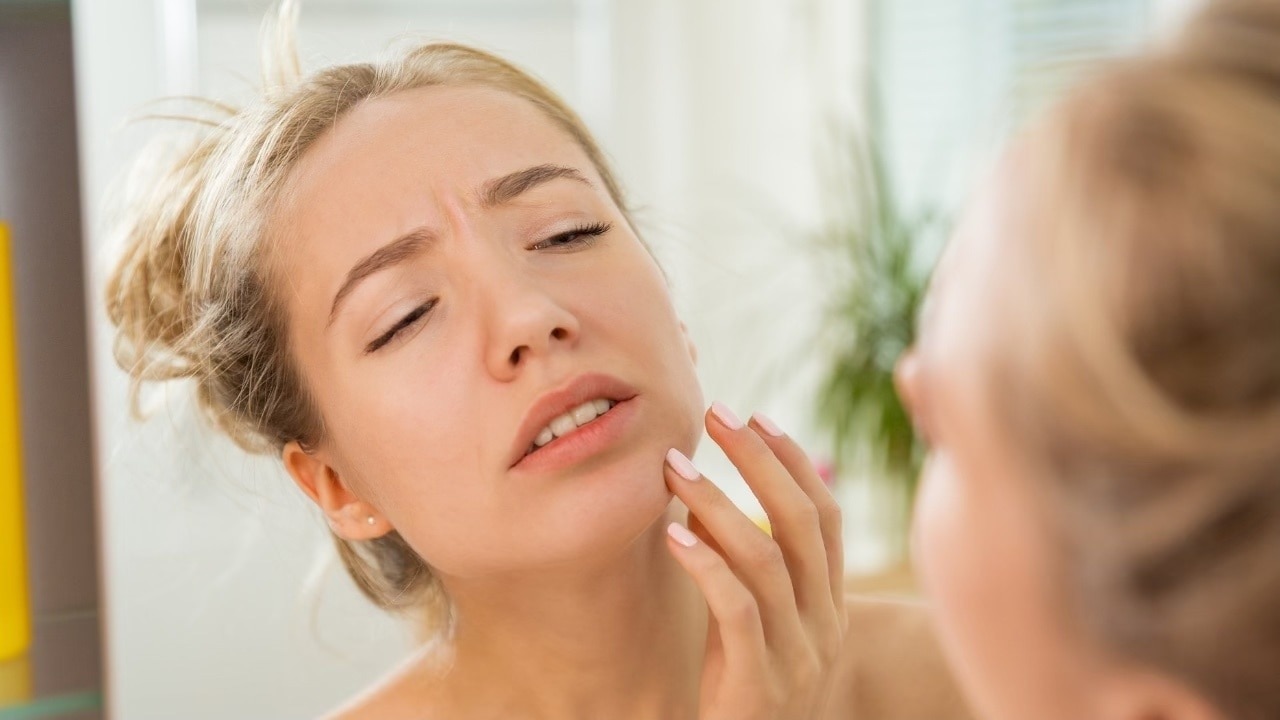
Simply put, most active ingredients in your daily products — like acids, retinoids, benzoyl peroxide — are irritants. Protect your sensitive skin from these harmful ingredients as they can weaken your skin's natural barrier. Prep your skin with ceramide-based moisturisers to boost its ability to absorb broad-spectrum SPF products. Furthermore, if you have sensitive skin, always use sunscreen, which has been specifically formulated for sensitive skin.
3. You have unknown allergies
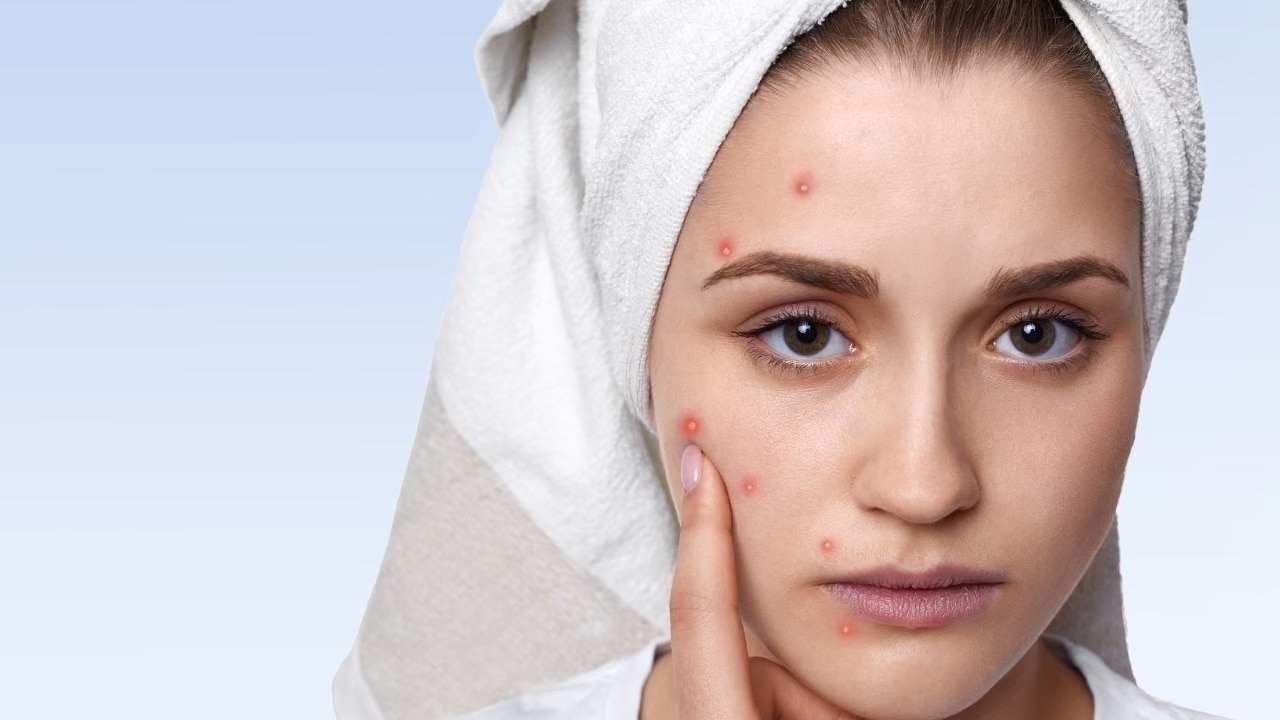
If you haven't found a sunscreen that works for you yet, you probably have unknown allergies from the ingredients. Take a trip to the dermatologist who can do patch tests to identify the culprit and then recommend an appropriate product. Sometimes professional advice is all you need to help you find the right sunscreen for you.
4. The fragrance could be an issue

Several sunscreens consist of added fragrances, which could be the cause of skin irritation. Fragrances, whether natural or synthetic, are complex mixes of chemicals, which could trigger allergic reactions or irritate the delicate skin barrier. If you have sensitive skin, always choose fragrance-free sunscreens. While shopping for your sunscreen, keep an eye out for labels that explicitly state fragrance-free or unscented. Even natural fragrances could be problematic, so carefully review the ingredient list of your sunscreen.
5. Your skin barrier is weakened
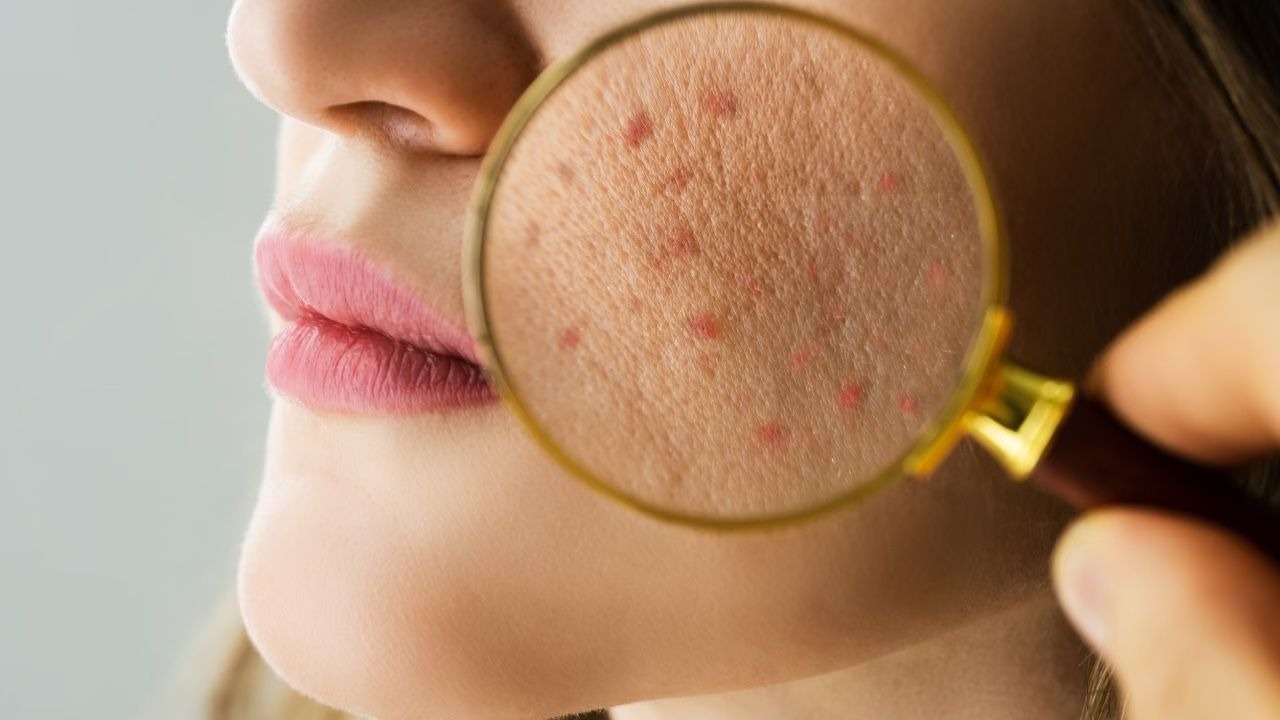
Our skin's barrier, the outermost layer, protects your complexion against harsh environmental conditions. When this barrier is compromised, even seemingly gentle ingredients can cause stinging and irritation. Over-exfoliation, harsh face cleansers, and some skin issues such as eczema or rosacea can damage the barrier. If you think this is the reason your sunscreen is stinging you, focus on repairing your skin barrier. Focus on using mild face cleansers, and products with moisturising ingredients such as hyaluronic acid, and barrier-supporting ingredients like ceramides and niacinamide.
6. Your sunscreen reacts negatively to your other skincare products
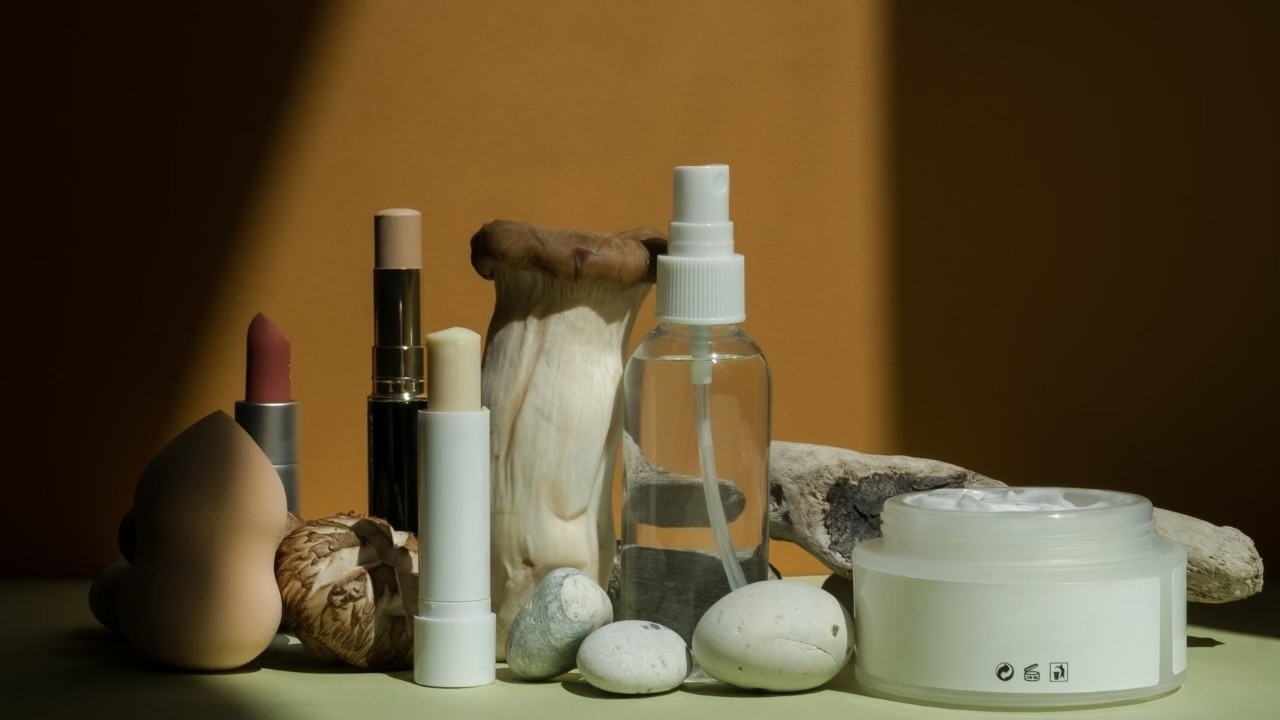
It's not just the sunscreen itself, but how it interacts with other products in your skincare regimen. Layering multiple skincare products can create a mix of ingredients that may react negatively with each other. For instance, applying a sunscreen over a freshly applied AHA/BHA exfoliant can boost the likelihood of stinging. Therefore, it's advisable to simplify your skincare regimen. Incorporate a minimalist approach, particularly when introducing a new sunscreen or skin care product. Moreover, give enough time for each product to absorb before applying the next.
7. You sunscreen’s specific ingredients could be the problem
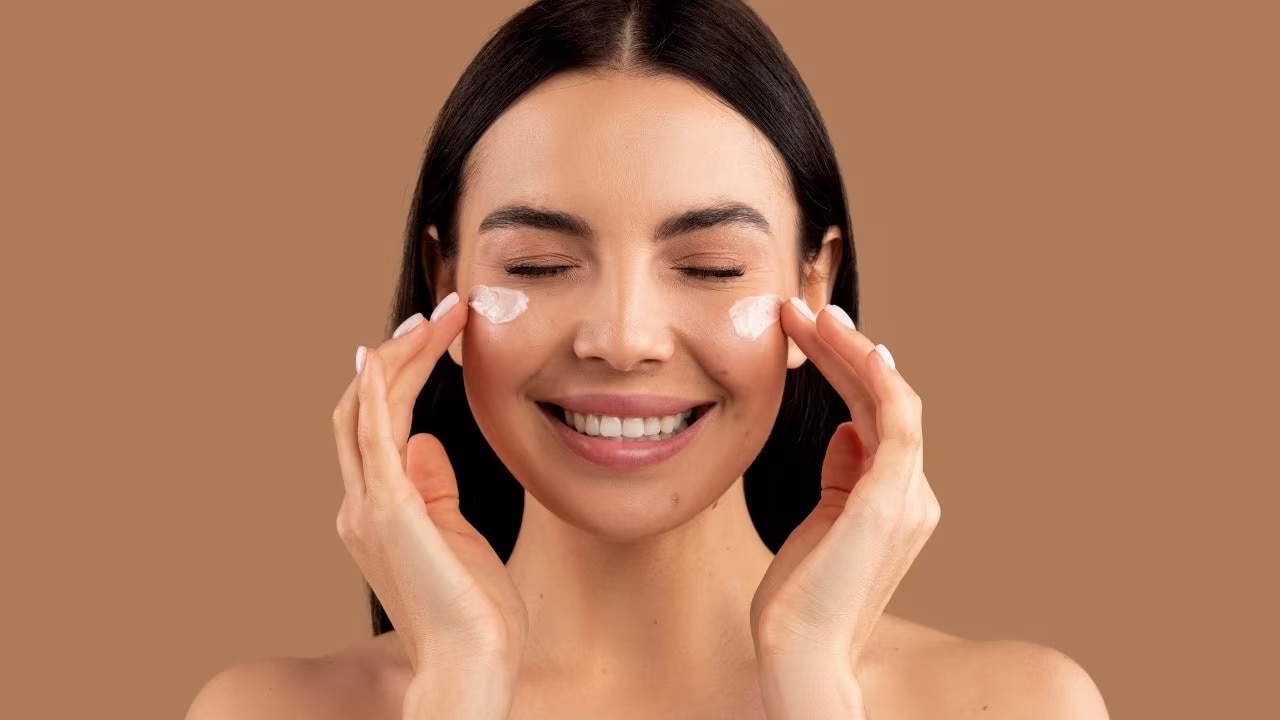
Even within the categories of chemical and physical sunscreens, formulations differ significantly. Some physical sunscreens can be drying resulting in irritation if the skin isn't adequately hydrated. Similarly, some chemical sunscreens contain stabilising ingredients or preservatives, which could be irritating. While choosing your sunscreen, scrutinise the full ingredient list. If you have sensitive skin, opt for sunscreens specially designed for sensitive skin. If using a sunscreen for the first time, try to find sample sizes when possible, before buying a full sized product.
8. Your eye area is extra-sensitive
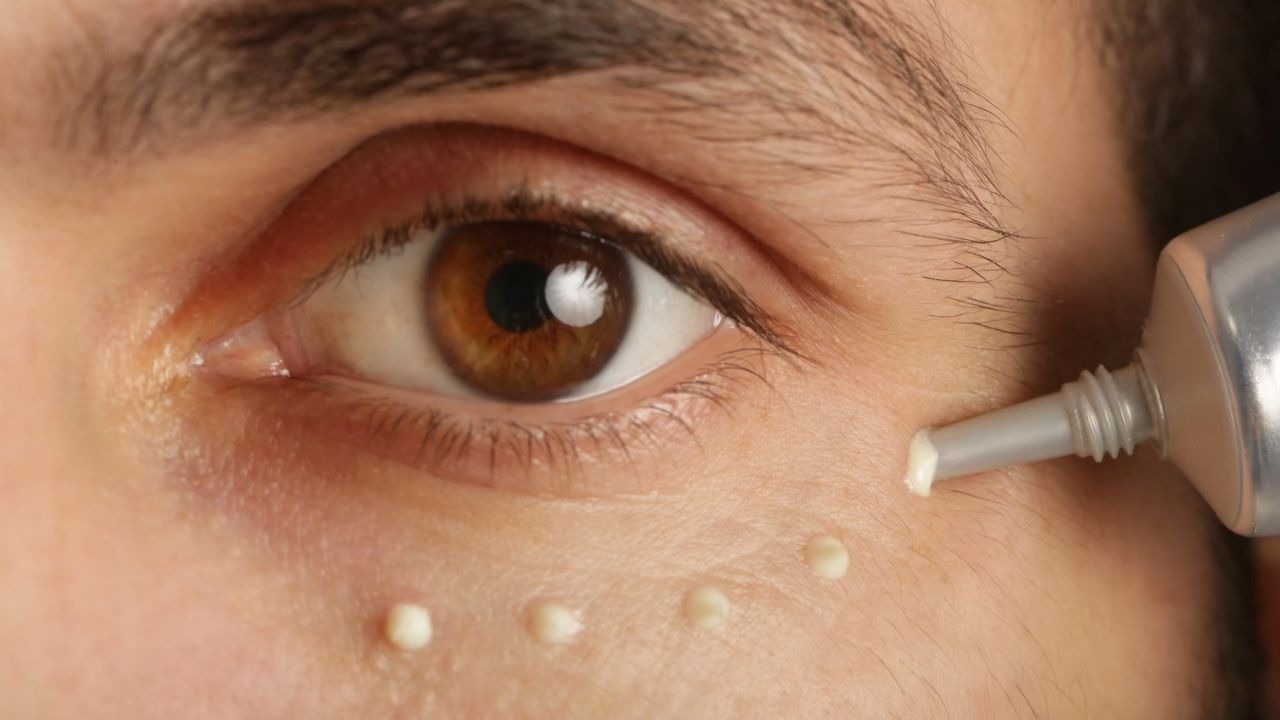
The skin around the eyes is particularly thin and delicate, making it more vulnerable to irritation. If your sunscreen reaches this area it could result in stinging, burning, or tearing. Thus, it's crucial to apply your sunscreen cautiously, avoiding the immediate eye area. If you want to use sunscreen around your eyes, only use sunscreens specifically conceptualised for the eye area. These are often labelled as eye-safe or tear-free. Therefore, it's very important that you are very careful while applying your sunscreen around your eyes.
02How to Prevent Sunscreen from Stinging
If you've ever experienced stinging or irritation when applying sunscreen, you're not alone. Certain factors, such as sensitive skin, the ingredients in the sunscreen, or environmental factors, can cause discomfort. Here are some ways to prevent sunscreen from stinging:
1. Choose the Right Sunscreen Formula
Opt for sunscreens formulated for sensitive skin or those labeled "hypoallergenic" or "fragrance-free." These formulations are less likely to contain irritants that can cause stinging.
2 Apply Sunscreen on Dry Skin
Avoid applying sunscreen to wet or damp skin. When your skin is wet, sunscreen may mix with water and cause irritation. Pat your skin dry with a towel before applying sunscreen.
3. Use a Moisturizer Before Sunscreen
Apply a hydrating moisturizer to your skin before sunscreen. A well-moisturized face helps create a barrier that can reduce irritation from sunscreen ingredients like alcohol or acids.
4. Avoid Applying Sunscreen on Broken or Irritated Skin
If you have any cuts, rashes, or other irritated areas on your skin, try to avoid applying sunscreen directly on them. If necessary, use a sunscreen formulated for sensitive or compromised skin.
5. Test Sunscreen on a Small Patch
First Before applying sunscreen to your entire face, do a patch test on a small area of skin to ensure it doesn't cause a stinging sensation or irritation.
6. Give Sunscreen Time to Set
After applying sunscreen, allow it to settle into your skin for a few minutes before applying makeup or touching your face. This can help reduce the chance of irritation and ensure better protection.
03Side Effects of Sunscreen on Face
While sunscreen is essential for protecting your skin from harmful UV rays, it can sometimes cause side effects, especially for sensitive skin types. Here are some common side effects to be aware of when using sunscreen on your face:
1. Skin Irritation
Sunscreen formulations with harsh chemicals or fragrances can cause redness, itching, or a stinging sensation, particularly for those with sensitive skin. If you experience irritation, look for sunscreens that are labeled as "gentle" or "for sensitive skin."
2. Breakouts and Acne
Some sunscreens, particularly those with heavy or oily formulations, can clog pores, leading to breakouts or acne. Opt for oil-free, non-comedogenic sunscreens if you have acne-prone skin.
3. Dryness or Flakiness
Certain sunscreens, especially those containing alcohol or mattifying ingredients, can leave the skin feeling dry or tight. This can lead to peeling or flaking, especially if you have dry skin. Consider using a hydrating sunscreen or layering it with a moisturizer for added hydration.
4. Allergic Reactions
Ingredients like oxybenzone or avobenzone, found in chemical sunscreens, can trigger allergic reactions such as rashes, swelling, or hives. If you notice any allergic symptoms, stop using the product and switch to a physical sunscreen with mineral ingredients like zinc oxide or titanium dioxide.
5. Pilling
Sunscreens with thick formulas or incompatible ingredients may cause the product to roll or ball up when applied. This is known as pilling and can be frustrating, particularly when applying makeup afterward. Choose lightweight, fast-absorbing sunscreens to avoid this issue. Finding out why your sunscreen is stinging you requires a bit of detective work. However, by understanding the potential reasons and incorporating a thoughtful approach to your skincare regimen, you can shield your complexion from the sun without sacrificing comfort. But, if skin irritation persists, it's advisable to consult a dermatologist, as they can help you find out the underlying reason for the stinging and can provide you with a personalised treatment plan. Whatever you do, ensure that you continue using your sunscreen every day, even on cloudy days.
04FAQs
Q: Why does sunscreen sting my face?
A: Sunscreen may sting due to irritating ingredients like alcohol, fragrances, or chemical filters. It can also sting if applied on broken or dry skin.
Q: Can sunscreen cause side effects on the face?
A: Yes, sunscreen can cause side effects like irritation, breakouts, dryness, or allergic reactions, depending on your skin type and the ingredients used.
Q: Can sunscreen cause irritation on sensitive skin?
A: Yes, sensitive skin may react to certain ingredients like fragrances, alcohol, or chemical sunscreens, leading to irritation or redness.
Q: How do I know if I’m allergic to my sunscreen?
A: If you experience redness, swelling, itching, or rash after applying sunscreen, it could indicate an allergy. Discontinue use and consult a dermatologist.
Q: Can expired sunscreen cause skin irritation?
A: Yes, expired sunscreen can lose its effectiveness and may cause skin irritation due to the breakdown of active ingredients. Always check the expiration date before use.

